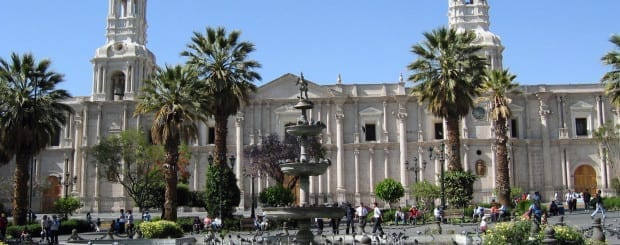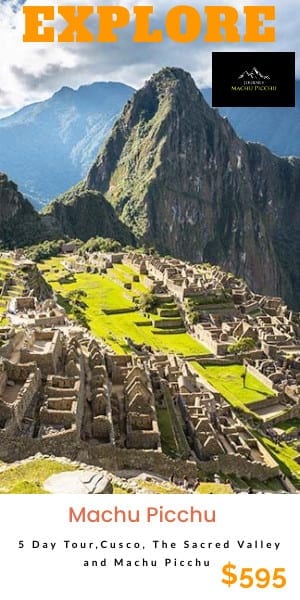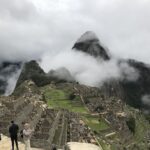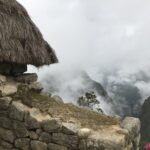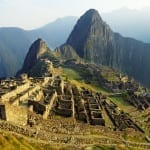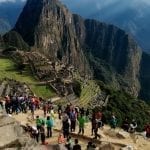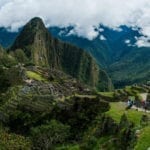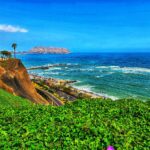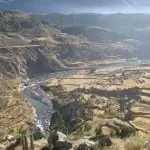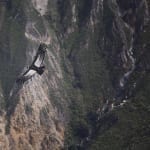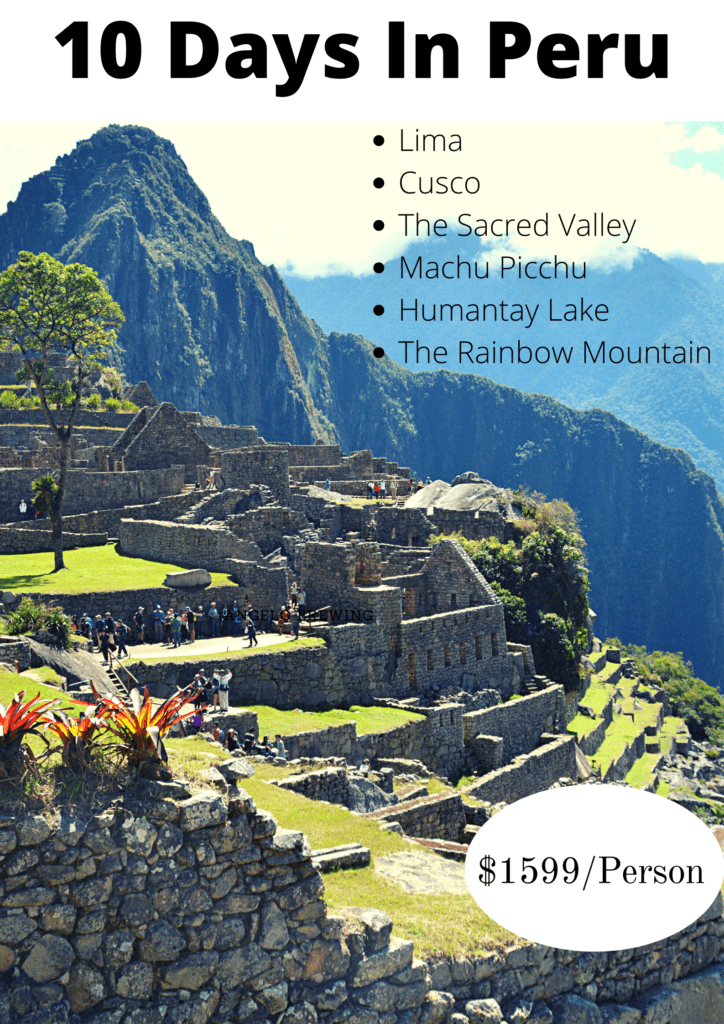Arequipa Peru Sightseeing and Adventure
James Bustamante is Native to New York but born to Peruvian parents. He has been traveling throughout Latin America since early 2003 and finally made his home in Peru. James has made his way by eating and traveling through almost every country in Central and South America.
Last Updated on March 13, 2024 by James Bustamante
Arequipa, Peru, is one of the country’s most important cities. The Andean city is full of historical value, natural wonders, local traditions, and some of the country’s most unique and delicious food.
This Andean location is situated in the southern part of the country. It is only a few hours away from Cusco, making it a perfect addition to a Machu Picchu tour package.
Let’s take a look at the Arequipa, also known as the “Ciudad Blanca” of Peru.
Arequipa Peru Information
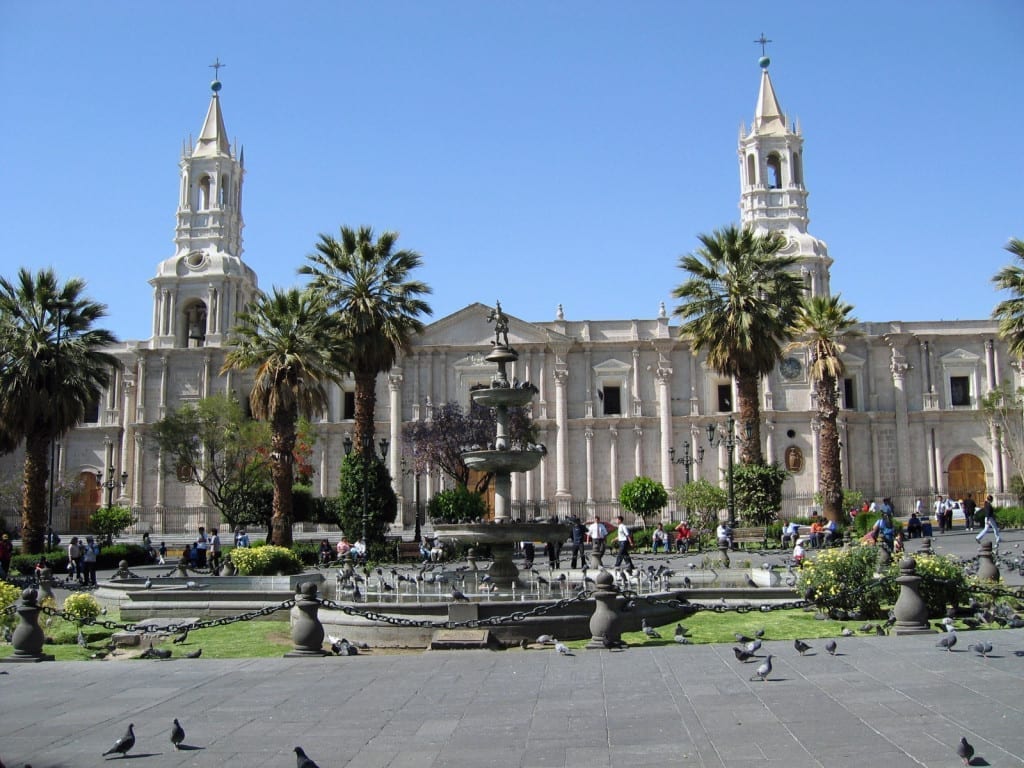
Arequipa, Peru, is well known for its glistening white buildings made from a local clay known as “sillar.”
“Sillar” is made from white volcanic rock and ash from the nearby volcano. Thanks to the color emanating from the sillar, Arequipa is called “La Ciudad Blanca,” or the white city in English. As you stroll through the streets of Arequipa, you can see several buildings made from white volcanic ash. There are houses, buildings, businesses, and churches made from sillar.
How to Get to Arequipa
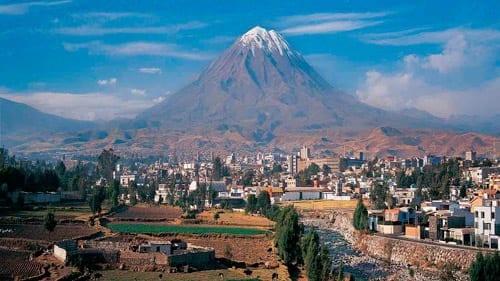
The city of Arequipa, Peru, is the capital and largest city of the province.
It is the third-most populous metropolitan area of Peru and the second-most populous city, with 861,145 inhabitants. The people of Arequipa tend to have a very welcoming attitude towards visitors. Most locals love to boast about the distinct regional dishes, the Santa Catalina Monastery or the Colca Canyon.
Like Cusco, the city of Arequipa is also relatively high in elevation, at 7,660 feet above sea level (2,300 meters). This makes it slightly lower in elevation than the Sacred Valley near Cusco.
Arequipa, Peru, was founded on August 15, 1540, by Garcí Manuel de Carbajal and was chosen for its proximity to the coast, enabling settlers to trade the products of Cusco and the mines of Potosi (Bolivia) with Lima.
Its historic heritage, natural scenery, and cultural sites make the city a national and international tourist destination.
The city is surrounded by three of the most amazing and scenic volcanoes: the Misti, still active at 5822m; the higher and extinct Chachani, 6075m; and Pichu Pichu, 5571m.
The Incas highly respected these volcanoes since the meltwater from their snow-capped peaks formed the headwaters of the mighty Amazon River, thousands of kilometers away.
How to Get to Arequipa, Peru
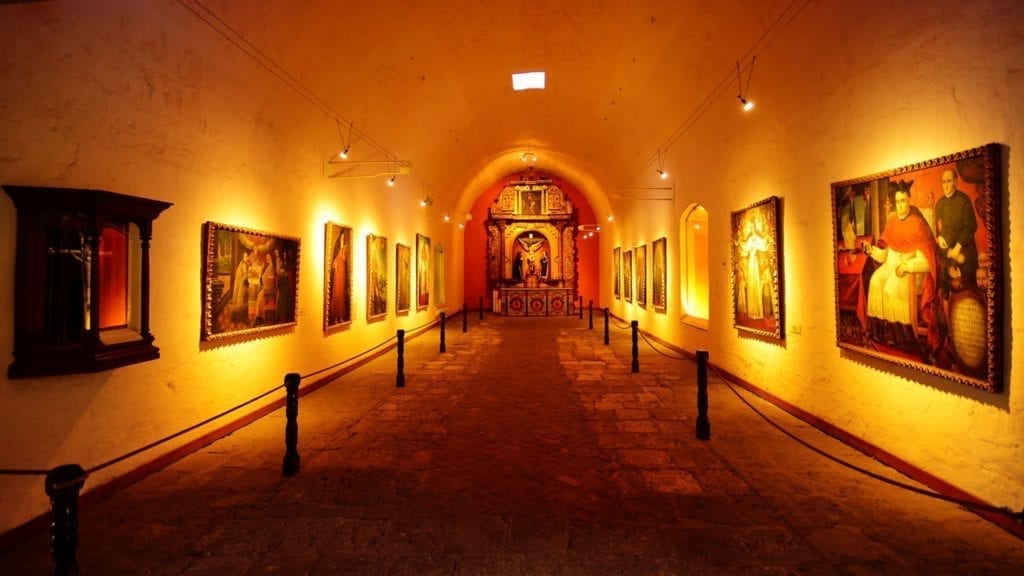
Arequipa is a very accessible city; you can actually reach it in a variety of ways. If you have the time and want to save a few bucks, there are double-decker buses that travel from Lima to Arequipa in about 14 hours.
The bus ride takes you through the South of Peru. You pass Chincha, Ica, Paracas, Pisco, and even Nazca, among other destinations.
The other route is by plane. The flight will take around an hour and a half, and you’ll arrive directly in the city. If you are short on time, take this route.
Santa Catalina Convent

There are many sights to take in while in Historic Arequipa. Arequipa’s Plaza de Armas is one of the most beautiful in Peru. On the north side of the Plaza is the impressive, twin-towered Cathedral, founded in 1612 and largely rebuilt in the 19th Century.
Inside, you can find a Belgian organ and an elaborately carved wooden pulpit.
The Plaza is surrounded by colonial buildings with many cafes and restaurants on its other three sides. Behind the Cathedral is a pretty back street with many handicraft shops.
Afterwards, you can visit the Santa Catalina Convent. This astonishing site was opened to the public in 1970 after almost 400 years.
The convent, a miniature walled colonial town in the middle of the city, was beautifully refurbished with furniture and paintings from the period.
There are flower-filled gardens, patios, granite fountains, arches, and narrow streets. The tile-roofed buildings are painted in traditional white, brown, and blue.
If you’re looking for something more adventurous, you can take a shot at the Misti.
This two—or three-day climb to the top of this active volcano (5830m) can be hard work due to the thin air, but any relatively fit, acclimatized trekker should be able to do it without too many problems.
This climb is one of the easiest ascents of any mountain of this size in the world. However, it should not be attempted without a guide and the proper equipment.
And who could forget one of Arequipa’s most important attractions; most people who visit Arequipa take a tour out to Colca Canyon, one of the world’s deepest canyons formed by an enormous seismic fault between the Coropuna (6425m) and Ampato (6325m) volcanoes.
Trekking in this area can be quite demanding, so organizing with a guide and specialist trekking company is safer.
Arequipa Ruta del Sillar Tour
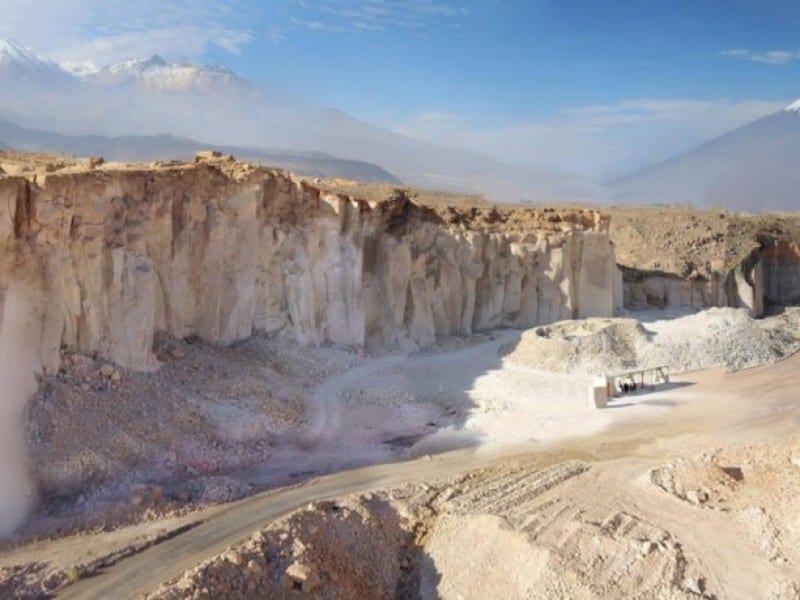
There is a “Ruta del Sillar,” or a tour of volcanic clay in Arequipa. It runs through the areas where this clay is collected.
Some notable locations include the “Quebrada de Culebrillas”. An impressive area formed due to natural erosion from the wind and water.
The Local Cuisine
If you’ve ever been to Peru, you’ll understand how important food is to the local culture. Peru won the best culinary destination in the world, with travel awards 9 times in a row.
Most people get the idea once they visit Lima and see all the beautifully delicious food it has to offer. Arequipa is Lima’s only rival for most delicious local cuisine.
Sure, there are many destinations in Peru with amazing dishes but Arequipa certainly has an edge with it’s spicy dishes.
Even the Andean cuisine differs greatly from what you would find near Cusco or Machu Picchu. Here are some notable dishes from Arequipa would be:
Traditional Dishes From Arequipa, Peru

Solterito – A salad based on Andean cheeses, onions, and beans.

Chupe de Camarones – A chowder made with Andean River Prawns.

Rocoto Relleno – A spicy Rocoto Pepper stuffed with meat and baked on a bet of potato and Andean cheese.
Whether you’re looking for a more traditional experience or an incredible adventure, Arequipa is the perfect place to go.
It can be a place on it’s own to visit or as part of a Machu Picchu Hiking Package.
Check out our Peru Travel packages, which include Arequipa and many other destinations in Peru.
If you have any questions, don’t hesitate to contact our 24-hour travel advisers.
Frequently Asked Questions About Arequipa, Peru
Why is Arequipa in Peru known as the “white city”?
It is known as the “white city” because several buildings are made with white volcanic ash.
How do I travel to Arequipa from Lima?
There are various ways to travel to Arequipa. You can take a bus or go by plane.
Is Arequipa a safe place for travelers to visit?
Yes, Arequipa is one of Peru’s safest cities.
Is Arequipa an expensive place to visit?
It’s about as expensive as traveling to Lima or Cusco. You can get away with spending very little or splurging if you feel like it.
Can I get to the Colca Canyon from Arequipa?
Yes. Most tours start in the center of Arequipa and go to the small town of Chivay. The following morning, we head to the Colca Canyon.
Will I get elevation sickness in Arequipa?
Arequipa is located at around 8,000 feet above sea level. If you’ve never been to a high elevation, then there is a chance you will. If you have already spent time in Cusco or Lake Titicaca, then probably not.
